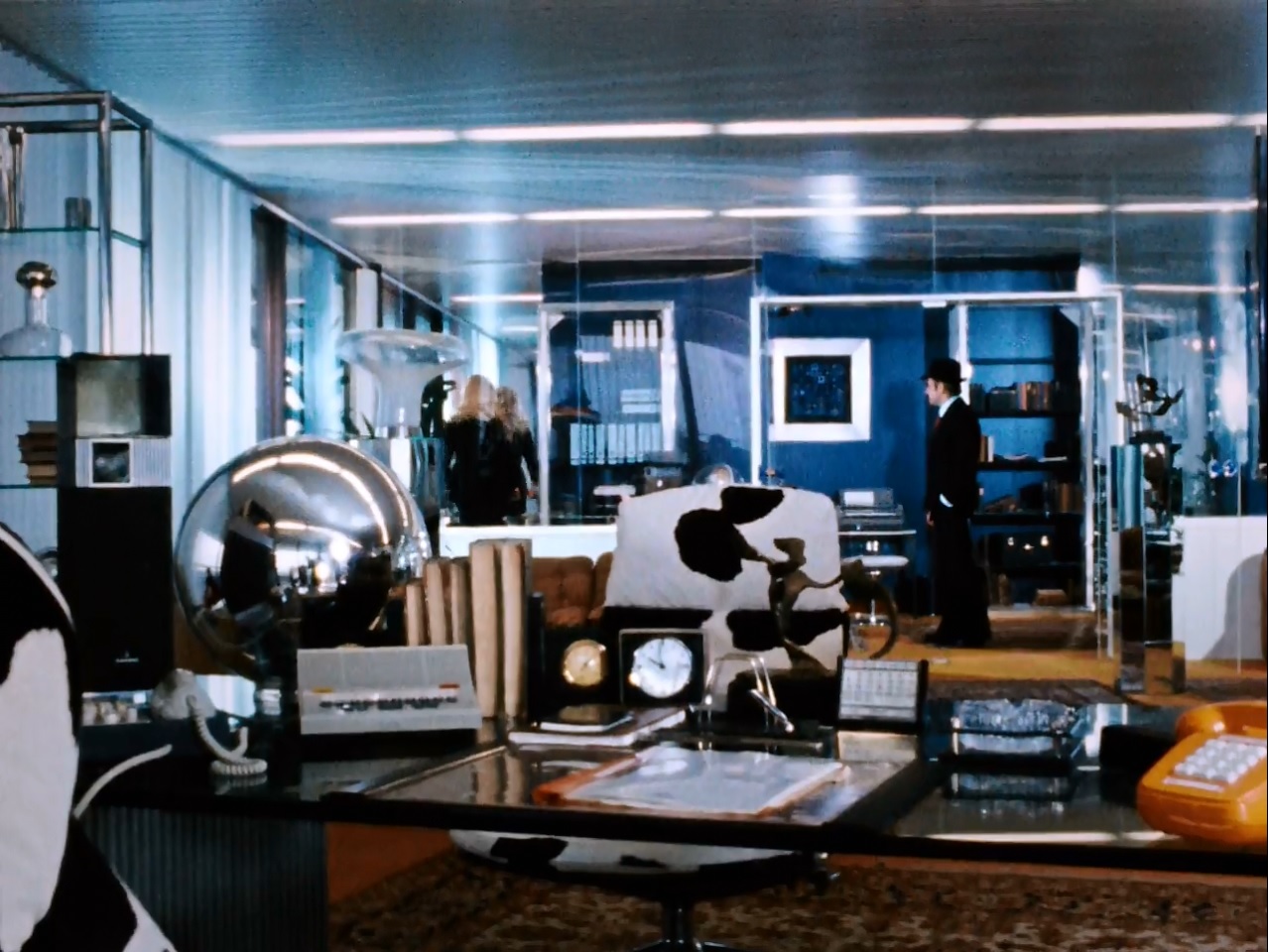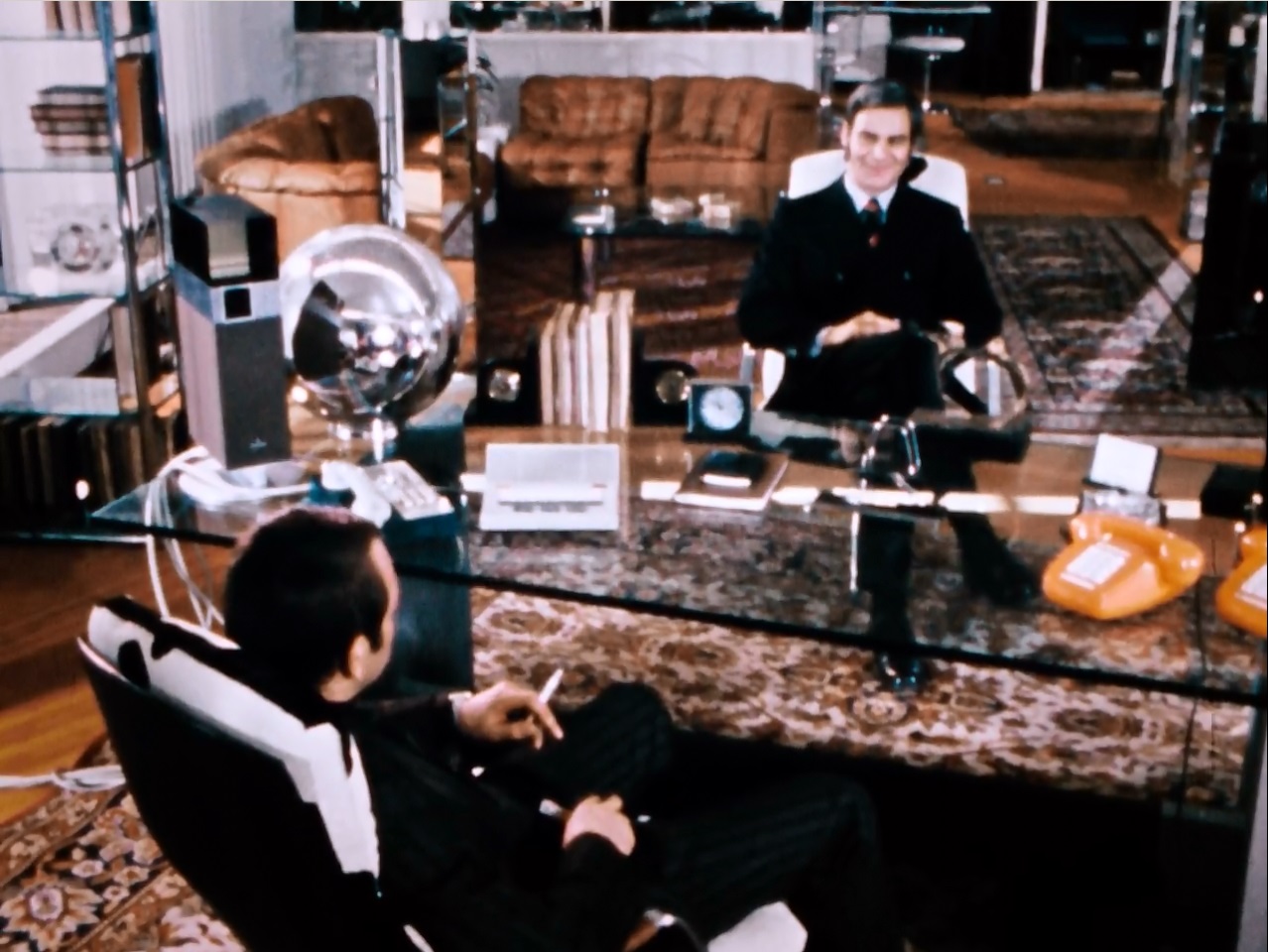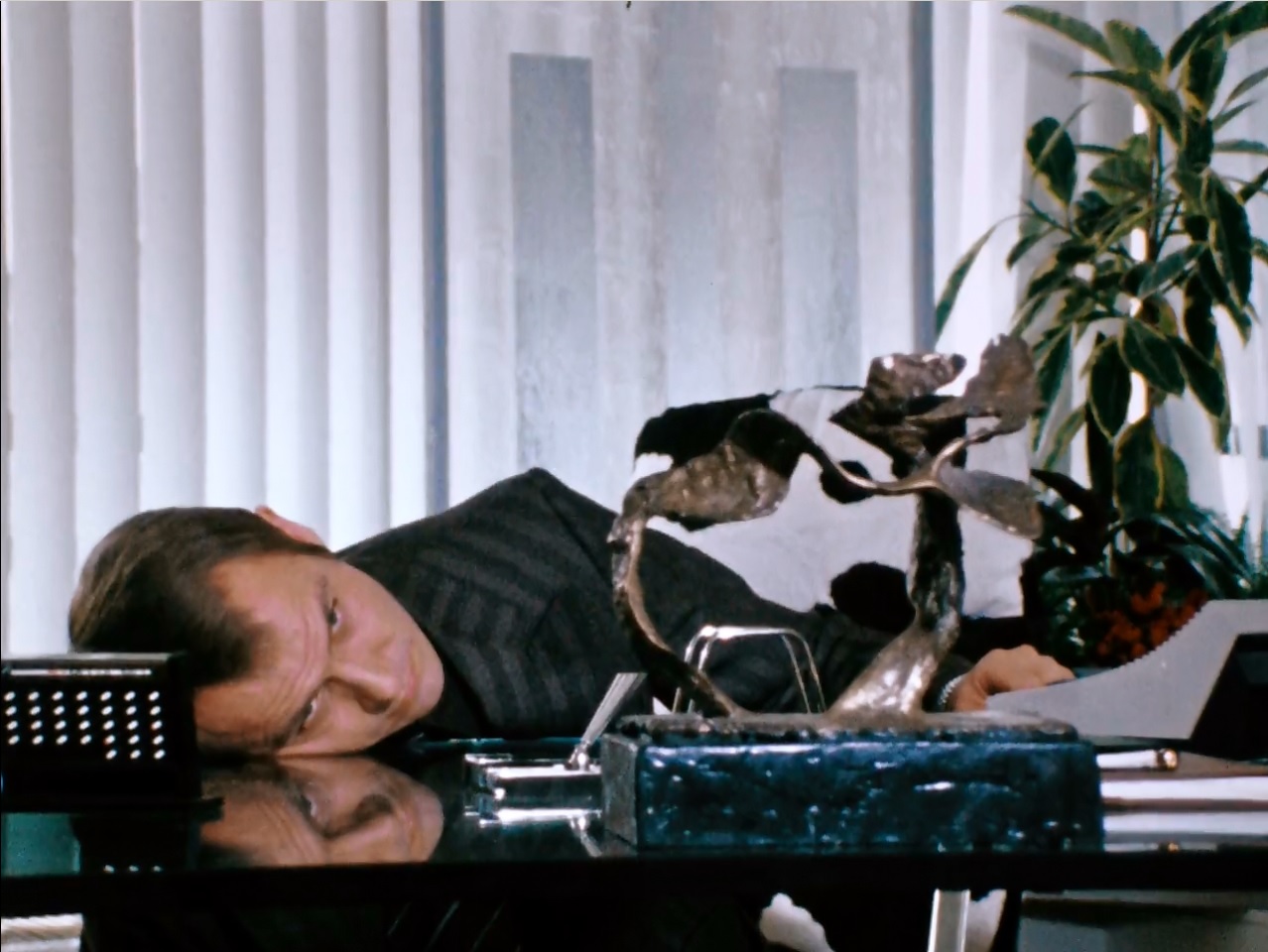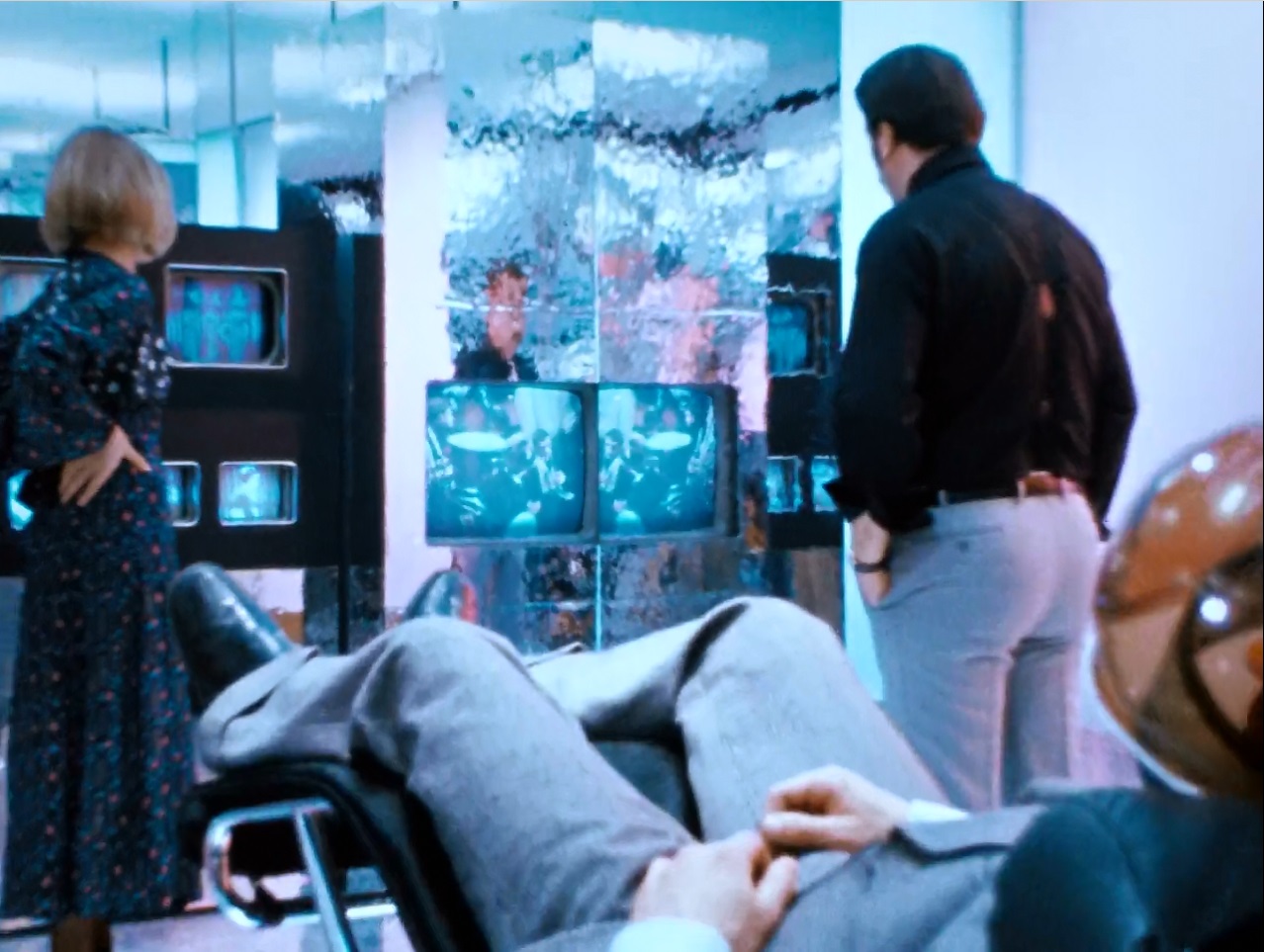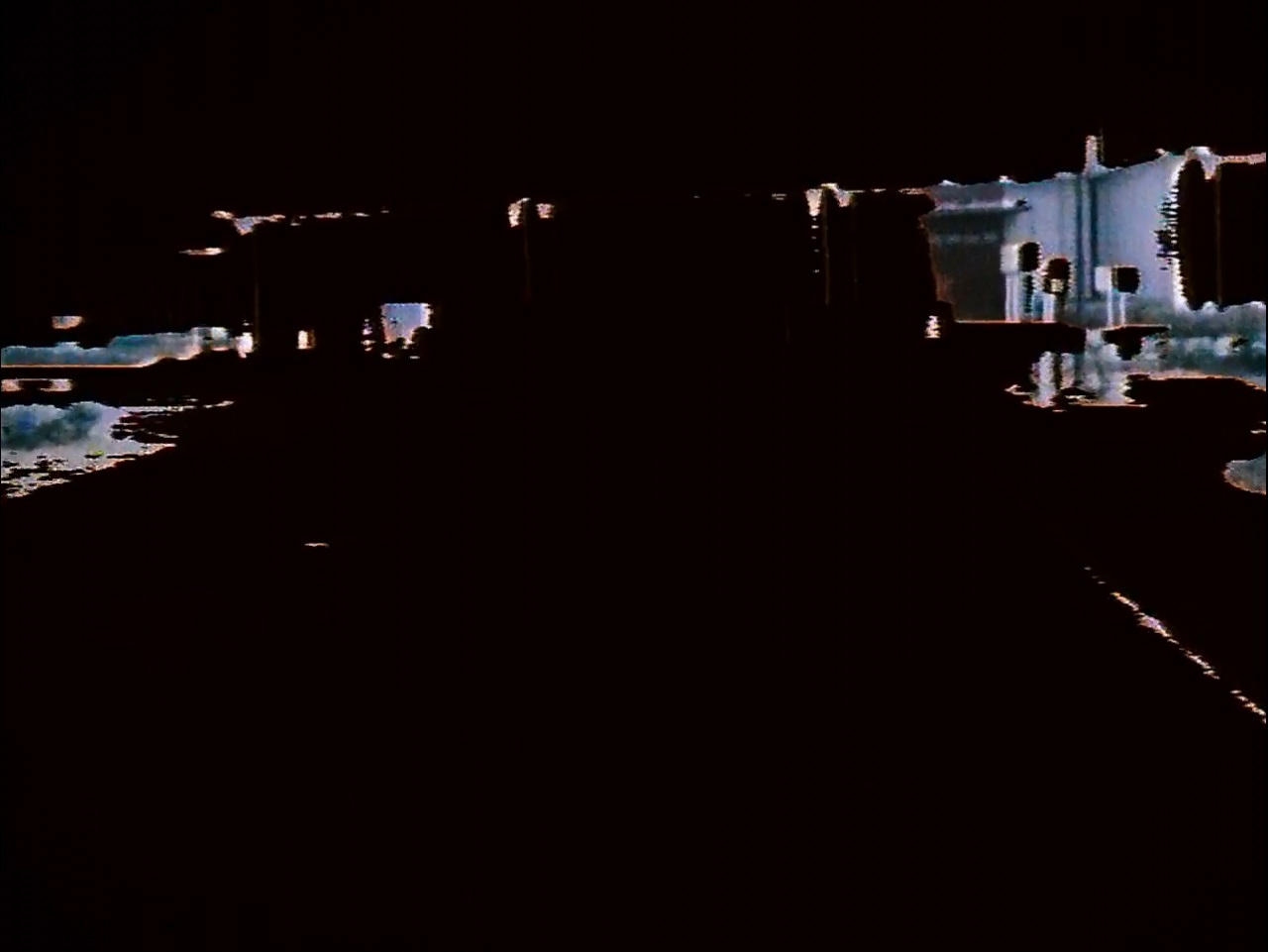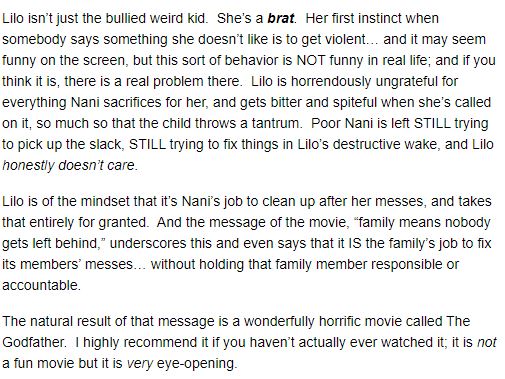Thought it might be interesting to keep track of what I’ve been watching recently. Might have been inspired by Ian Sales.
The Matrix.
Twenty years on and with both the Wachowskis having come out in the meantime, it’s hard not to notice the trans subtext in this movie where Keanu Reeves discovers he is not who he thinks he is. Being ‘redpilled’ may have become a fascist meme, but the original is blatantly queer in intent. Been given the choice to either lead a ‘straight life’ or risk being murdered, how much more blatant can you get. Neo and Trinity murdering dozens of police and soldiers and nobody bats an eyelid; an insurrection against the entire late capitalist world, led by a Black man; Agent Smith explaining that this world is the best humanity can imagine… For a Hollywood action movie it sure is incendiary.
Welt am Draht.
Now imagine The Matrix, but made as a two part movie for the West-German television, in 1973 and directed by Rainer Werner Fassbinder. All seventies lushness, focusing on psychology rather than action, but with the same obsession of this world not being real. This time however the protagonist is in charge of the simulated world, rather than a victim of it. Fortyseven years on you can probably guess the plot twists, but that did not make it any less interesting.
Die große Ekstase des Bildschnitzers Steiner.
Staying in Germany, this is an early Werner Herzog documentary for West-German television. It follows Walter Steiner, champion ski-jumper, during the 1973/74 season. Slow and calm, leaving plenty of room for Steiner to talk, this was an ideal Sunday morning movie. Herzog is not shy to put himself in front of the camera, to explain the difficulties and technicalities of making this documentary.
How Much Wood Would a Woodchuck Chuck: Beobachtungen zu einer neuen Sprache.
Herzog again, documenting the World Livestock Auctioneer Championship in Pennsylvania. At one point late in the programme, he confesses being frightened of this language created out of commerce. This may the most seventies observation ever. This is the sort of judgementality I can get behind. Nevertheless, Herzog leaves the auctioneers their dignity, observes but doesn’t challenge.
Magical Mystery Tour.
The Beatles made some pretentious shite, didn’t they? A Sunday afternoon movie for a time when there were only two channels and the other side had sheep herding. But it does feature the Bonzo Dog Band doing Death Cab for Cutie while sharing the stage with a stripper.
The Godfathers of Hardcore.
A portrait of Roger Miret and Vinnie Stigma of Agnostic Front. Hardcore pioneers turned almost respectable and middle aged. If you know the band this is a good movie, otherwise it’s a standard band documentary.
Flowers of Taipei: Taiwan New Cinema
Has an interesting setup, spiraling in on to its subject. It moves from movie critics and makers in Europe — Paris and Rotterdam, moving to Buenos Aires, Tokyo, Hong Kong and mainland China, then finally Taiwan itself. As I watched this, I found myself fascinated with the light both in the movie extracts and the documentary pieces. All very soft, very mellow. It suffers a bit from assuming that you already have some notion of Taiwan cinema of the eighties and the directors mentioned, with Wikipedia being no help. But it succeeds in making want to see these movies, which is what matters most.
Pick It Up! – Ska in the ’90s.
Third wave ska is mostly a joke now, yet ever since Smash Mouth has become semirespectable to like again, a revival can’t be far away. This docu provides a broad overview of the birth of ska, how it got to the US by the way of 2-Tone in the UK and how it got massive almost by accident. I’ve always liked ska, but not listened much to this flavour of it. Maybe I should.
Se ying diu sau.
Jackie Chan is a walking punching bag for a mediocre kung-fu school. One day he rescues an old man from a rival school and he turns out to be the last surviving teacher of the Snake Fist, being hunted by the Eagle Claw school. The old man teaches Jackie his fighting style and he improves upon it after being inspired by his cat. A plot largely there only to string the fight scenes along, all very entertaining and occassionally even funny. Jackie Chan pulls a lot of good painful faces and the fighting is fun.
She he ba bu.
A supposedly more serious Jackie Chan movie, in which he is the owner of an important kung fu manual every school wants their hands on. Searching for the man who attacked his master, he keeps getting into fights with people who want the book. Again, plot is there just to facilitate the fight scenes, but more so. Lacking the humour of the other film and with some choice bits of sexism on Chan’s part, this comes less recommended.
Long men kezhan.
A 1967 Taiwanese historical kung fu movie. Evil eunuchs plot to kill the children of an executed minister at an inn at the border. But the guests of the inn have other ideas. This has 0much more stylised ways of fighting than in the two Jackie Chan movies, with the emphasis on sword fighting rather than hand to hand combat. The atmosphere in this is great, as the various parties size each other up while everybody pretends everything is still normal. A lot of enemies recognising the talent in each other and being reluctant to fight therefore, always a favourite.
